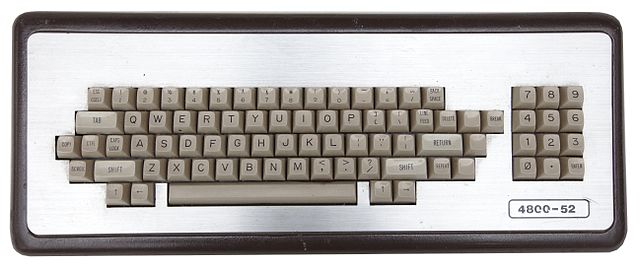InScript is the decreed standard keyboard layout for Indian scripts using a standard 104- or 105-key layout. This keyboard layout was standardised by the Government of India for inputting text in languages of India written in Brahmic scripts, as well as the Santali language, written in the non-Brahmic Ol Chiki script. It was developed by the Indian Government and supported by several public and private organisations. This is the standard keyboard for 12 Indian scripts including Devanagari, Bengali, Gujarati, Gurmukhi, Kannada, Malayalam, Odia, Tamil and Telugu, among others.
The InScript layout is built into most of the major operating systems including Windows, and most Linux and Mac OS systems. It is also available in some mobile phones and in Apple's iOS 5 and higher. It is available in Android 4.0 and higher but removed from latest Google Keyboard application (Gboard) and Google Indic Keyboard. It is also available for Windows Mobile 5.x and 6.x from third parties.

The standard Gujarati InScript bilingual keyboard layout to type Gujǎrātī Lipi in Windows OS based computers
A keyboard layout is any specific physical, visual, or functional arrangement of the keys, legends, or key-meaning associations (respectively) of a computer keyboard, mobile phone, or other computer-controlled typographic keyboard.
MIT "space-cadet" keyboard, a pre-ISO/IEC 9995 keyboard with a large number of modifier keys. It was equipped with four keys for bucky bits (Control, Meta, Hyper, and Super); and three shift keys, called "shift", "top", and "front".
4800-52 mainframe / dumb terminal keyboard, c. mid-1980s. There is an obscure configuration of modifier and arrow keys, line feed key, break key, blank keys, and repeat key.
Keyboard of a Letter-Printing Telegraph Set built by Siemens and Halske in Russia c. 1900
A visual layout consisting of both factory-printed symbols and customized stickers





